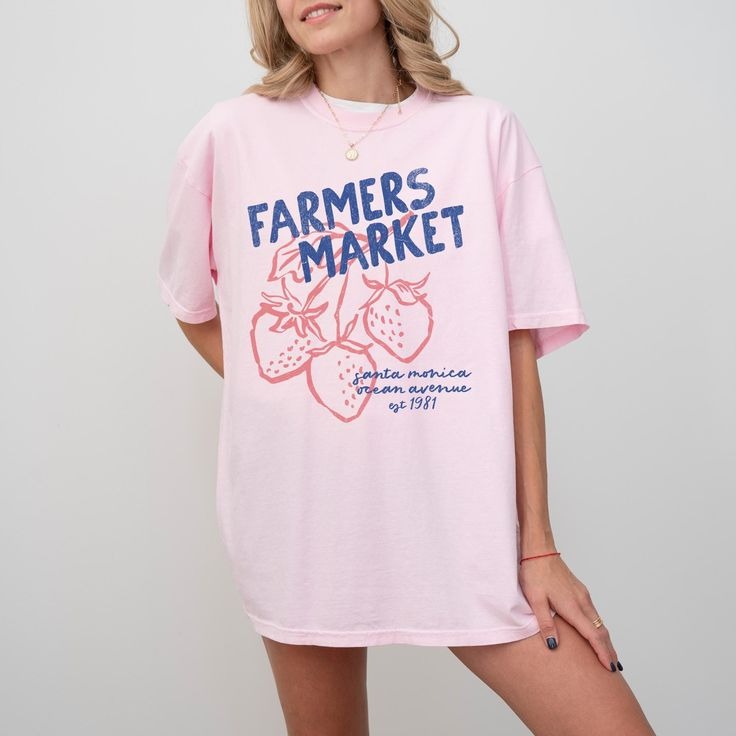
The T-Shirt: From Humble Origins to Global Icon
Introduction
T-shirts occupy a singular place in the global wardrobe, transcending cultural boundaries and social strata with remarkable ease. What began as a simple undergarment has evolved into a symbol of identity, self-expression, and comfort. This narrative explores the journey of the humble T-shirt from its early functional roots to its contemporary status as an icon of fashion and activism. By examining its origins, evolution, and multifaceted role today, readers will gain an appreciation for how an everyday garment came to wield such profound influence.
Origins and Historical Evolution
The origins of the T-shirt trace back to the undergarments worn in the late nineteenth century, crafted primarily for laborers and military personnel. These garments offered practical advantages: breathable cotton fabric and a simple pullover design that facilitated ease of wear and laundering. Over time, they transitioned from private underclothing to outer garments, endorsed by naval forces and eventually embraced by civilians seeking casual attire. By mid-twentieth century, popular culture figures adopted T-shirts on and off screen, cementing their place as a staple of everyday style. Through repeated reinventions, the T-shirt journey illustrates how utilitarian beginnings can give rise to lasting sartorial statements.
Material and Manufacturing Process
Cotton remains the predominant material for T-shirts, prized for its softness, breathability, and durability. Advances in textile technology introduced blends incorporating synthetic fibers such as polyester and rayon, enhancing stretch and moisture-wicking properties. The manufacturing process begins with the cultivation of raw fibers, followed by spinning into yarn, knitting into jersey fabric, and finally cutting and sewing into the familiar shape. Innovations in seamless construction have reduced waste and improved fit. Each stage of production—from thread preparation to stitching—reflects a balance between traditional craftsmanship and modern automation, shaping the qualities that consumers value in their T-shirt purchases.
Design Variations and Printing Techniques
While the classic crew neck remains eternally popular, a plethora of silhouettes and necklines cater to diverse preferences. V-necks, scoop necks, and boat necks offer subtle differences in collar shape, while variations in sleeve length range from cap sleeves to extended cuts. Designers experiment with fabric weights and textures, creating lightweight slub knits or heavier terry cloth interpretations. Surface decoration techniques enrich the visual appeal: screen printing yields bold, opaque graphics; direct-to-garment digital printing captures nuanced color gradients; heat transfer methods apply complex designs; and embroidery adds tactile detail. Each technique imparts a distinct aesthetic, enabling creators to craft T-shirts that resonate with specific audiences.
Cultural and Social Impact
Beyond its utilitarian function, the T-shirt serves as a canvas for messages, beliefs, and affiliations. Musical artists emblazon band logos on garments, fostering a sense of belonging among fans. Activists utilize printed slogans to broadcast causes, while communities adopt group-specific designs to reinforce solidarity. In academic settings, alumni associations distribute T-shirts to signify institutional pride. Travelers collect destination-branded shirts as mementos of adventure. Through these applications, the T-shirt transforms into a medium of communication that transcends spoken language. Its widespread adoption highlights how a simple garment can carry profound social weight.
Fashion Trends and Styling
Styling of the T-shirt adapts to shifting fashion currents. Under tailored blazers, it provides a casual counterpoint; tucked into high-waisted bottoms, it complements retro silhouettes; layered beneath slip dresses, it modernizes delicate fabrics. Oversized fits channel a relaxed, streetwear aesthetic, while slim cuts appeal to minimalist sensibilities. Monochromatic looks exude sleek refinement; graphic designs inject playful energy. Accessorizing with statement jewelry or layering necklaces draws attention to the neckline, elevating a basic T-shirt into an intentional ensemble. Such versatility ensures that this garment remains a dynamic element within wardrobe rotations.
Sustainability and Ethical Considerations
Growing awareness of environmental impact has prompted scrutiny of T-shirt production. Conventional cotton farming demands significant water resources and often relies on chemical inputs. In response, organic cotton cultivation and regenerative agriculture practices have gained traction, reducing ecological strain. Recycled fibers sourced from pre- and post-consumer waste offer alternative material streams, diverting textiles from landfills. Ethical manufacturing initiatives emphasize fair wages, safe working conditions, and transparent supply chains. Brands committed to these principles produce garments that align with conscientious consumer values, illustrating how industry practices can evolve to meet ethical expectations.
Global Influence and Market Dynamics
The global T-shirt market embodies both mass production and niche craftsmanship. Fast fashion retailers capitalize on rapid turnover and trend responsiveness, supplying affordable styles at high volumes. Simultaneously, boutique ateliers champion artisanal techniques, limited editions, and elevated materials, catering to discerning clientele. Online platforms empower independent designers to reach international audiences, fostering diverse creative expression. Market analyses reveal steady growth in demand, driven by expanding e-commerce channels and sustained consumer preference for casualwear. This interplay between scale and specialization underscores the T-shirt’s unique position within the broader apparel industry.
The Future of T-Shirt Fashion
Emerging technologies promise further transformation. Advances in textile science may introduce smart fabrics capable of temperature regulation, moisture sensing, or even integrated electronics for health monitoring. Customization platforms leverage three-dimensional body scans and on-demand manufacturing to deliver perfectly tailored garments. Biodegradable and compostable materials propose closed-loop systems that return nutrients to the earth after garment retirement. Virtual fashion spaces encourage digital-only garments that exist solely within augmented reality environments, opening new frontiers for self-expression. As technological innovation intersects with shifting social values, the T-shirt will continue to reinvent itself.
Conclusion
Through more than a century of evolution, the T-shirt has charted a remarkable course from functional undergarment to cultural emblem. Its enduring appeal hinges on a harmonious blend of comfort, versatility, and communicative potential. Whether worn to convey allegiance to a musical movement, to advocate for social change, or simply to embrace effortless style, this garment remains a universal medium for personal expression. As the apparel landscape evolves, the T-shirt’s capacity for adaptation ensures that it will retain its status as an indispensable component of wardrobes around the world.
